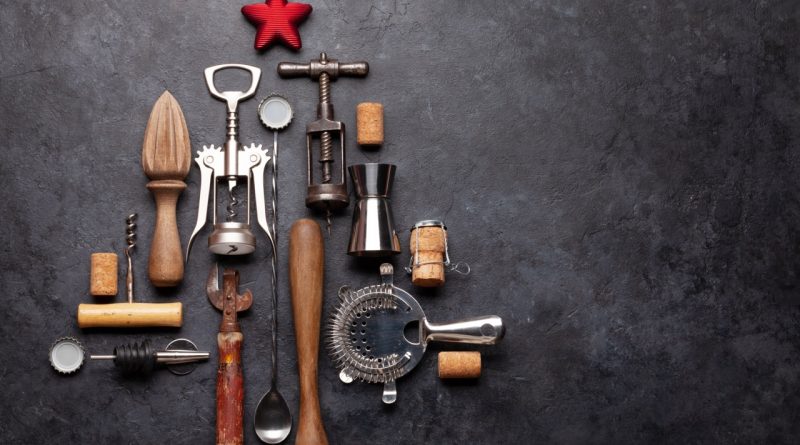The Material Innovation Behind Zwilling’s Ceramic Knives
===
The culinary world is continuously evolving, with innovations that enhance the efficiency and effectiveness of cooking tools. One standout development is the use of ceramic knives, especially those produced by Zwilling, a brand synonymous with quality and craftsmanship. This article delves into the material innovation behind Zwilling’s ceramic knives, exploring their scientific foundation, manufacturing process, practical advantages, and care tips to ensure longevity.
Understanding the Science of Ceramic Knife Materials
Ceramic knives are primarily made from zirconium oxide, a material known for its hardness and durability. Zirconium oxide is a type of ceramic that is significantly harder than steel, making it an excellent choice for cutting tools. This hardness allows ceramic knives to hold their edge longer than traditional steel counterparts, enabling precise cuts with minimal effort. The material is also lightweight, which can reduce fatigue during prolonged use in the kitchen.
In addition to hardness, zirconium oxide is also chemically inert, meaning it does not react with food or absorb odors and flavors. This property is especially beneficial for food safety, as it minimizes the risk of contamination and ensures that the knife doesn’t impart unwanted tastes to ingredients. The non-reactive nature of ceramic knives also makes them an ideal choice for cutting acidic foods, such as tomatoes or citrus, without the worry of corrosion.
Moreover, the aesthetic appeal of ceramic knives cannot be overlooked. They are available in various colors and designs, adding a modern touch to any kitchen. The smooth, glossy surface of ceramic blades not only enhances their visual appeal but also aids in preventing food from sticking to the blade during slicing, providing a more efficient cooking experience.
The Manufacturing Process: Crafting Zwilling’s Ceramic Blades
The production of Zwilling’s ceramic knives begins with the careful selection of high-purity zirconium oxide powder, which undergoes a precise mixing and molding process. The powder is first combined with additives that enhance its properties, creating a homogenous mixture. This mixture is then pressed into the desired knife shape using high-pressure techniques. The pressing stage is crucial, as it determines the density and strength of the final product.
Once shaped, the knives undergo a sintering process, where they are heated to extremely high temperatures in a controlled environment. This process causes the particles in the zirconium oxide to bond together, resulting in a solid, robust blade. The sintering temperature can reach up to 1,500 degrees Celsius, ensuring that the final product is both durable and resilient. After sintering, the blades are cooled gradually to prevent cracking and ensure structural integrity.
Finally, each knife is meticulously sharpened and polished using advanced techniques. The sharpening process often involves diamond wheels that create a razor-sharp edge, while polishing provides a smooth finish. Quality control is paramount at Zwilling, with each knife undergoing rigorous testing to ensure it meets the company’s high standards for performance and durability.
Advantages of Using Ceramic Knives in Culinary Practice
One of the primary benefits of ceramic knives is their exceptional sharpness. With an edge that retains its sharpness far longer than steel, these knives require less frequent sharpening. This feature is particularly advantageous for professional chefs and home cooks alike, who value efficiency and precision in their culinary endeavors. The long-lasting sharpness translates to smoother cuts, which can enhance the presentation and texture of food.
Another significant advantage is the lightweight nature of ceramic knives. Weighing significantly less than their steel counterparts, they are easier to maneuver, which can lead to less strain on the wrist and hand during extensive chopping sessions. This is especially beneficial for individuals who may experience discomfort with heavier knives. The balance of the knife also contributes to a comfortable grip, facilitating better control while cutting.
Ceramic knives also feature a non-porous surface that resists staining and odors. This characteristic means that they don’t hold onto food particles, making them safer and more hygienic for food preparation. Because they do not rust, ceramic knives can be used in various kitchen environments without the worry of deterioration over time. This combination of hygiene, ease of use, and performance makes ceramic knives a compelling choice for both amateur cooks and culinary professionals.
Care and Maintenance Tips for Longevity of Ceramic Knives
To ensure the longevity of Zwilling’s ceramic knives, proper care is essential. First and foremost, it is crucial to use the right cutting surfaces. Ceramic knives should ideally be used on soft cutting boards made from wood or plastic to prevent chipping or breaking. Avoid using them on hard surfaces like glass or stone, which can damage the blade’s edge.
Cleaning ceramic knives is relatively straightforward, but it is essential to avoid harsh abrasives or strong detergents. A gentle wash with mild soap and warm water is sufficient, followed by thorough drying. It is advisable to hand wash ceramic knives instead of placing them in the dishwasher, as the high temperatures and jostling can lead to potential damage. Storing them in a knife block or protective sheath can also help maintain their sharpness and prevent accidents.
Lastly, while ceramic knives hold their edge well, they may occasionally require sharpening to restore their optimal cutting performance. Using a diamond honing rod or a professional sharpening service is recommended to maintain the blade’s integrity. By following these care and maintenance tips, users can enjoy the benefits of Zwilling’s ceramic knives for years to come.
===
In conclusion, Zwilling’s ceramic knives represent a significant advancement in culinary tools, combining innovative materials with precise manufacturing techniques. Their unique properties offer numerous advantages, including exceptional sharpness, lightweight design, and hygiene benefits. By understanding the science behind these knives and following proper care guidelines, culinary enthusiasts can enhance their cooking experience while enjoying the long-lasting performance of these remarkable tools.
